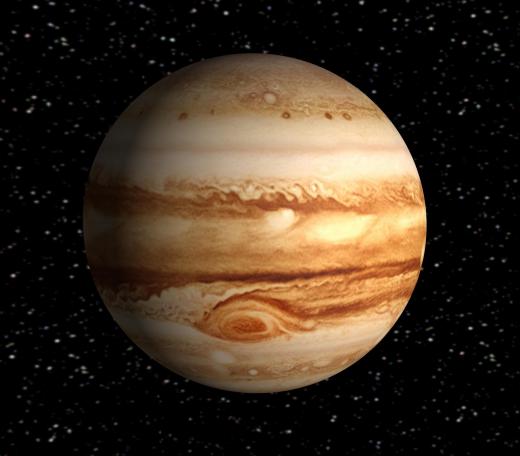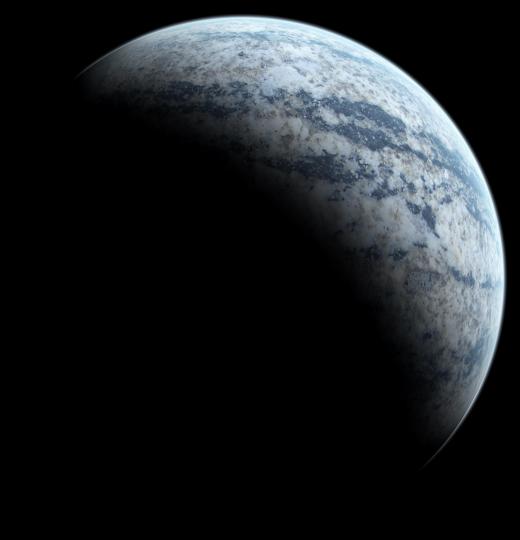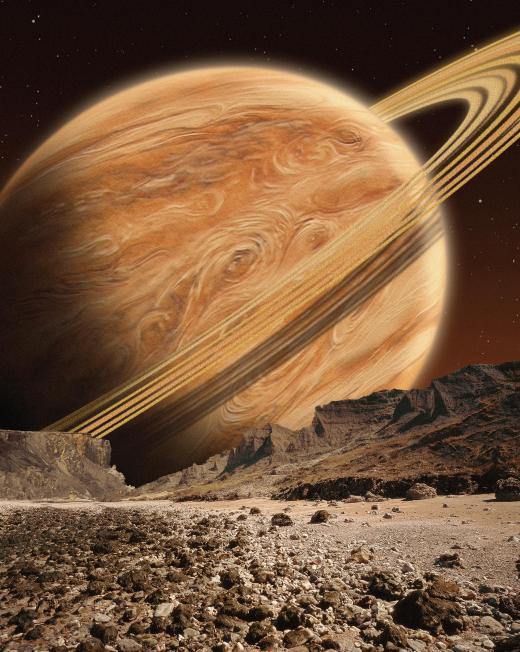What is Voyager I?
 Michael Anissimov
Michael Anissimov
Voyager I is a 733 kg spacecraft that visited Jupiter and Saturn in the late 70s and early 80s. Currently, it is the farthest human-made object from Earth, at slightly more than 100 AUs (Earth-Sun lengths) distant, or about 13 light-hours. It is currently in a part of the outer solar system called the heliosheath, where the Sun's solar wind is compressed and made turbulent by its interaction with the interstellar medium. Voyager I is in the region of the Kuiper belt, a huge asteroid belt located beyond the orbit of Neptune.
Powered by radioisotope thermal generators, Voyager I will possess enough power to operate its instruments until approximately 2020, at which point it will power down. Scientists hope that it will pass outside the heliosheath entirely by this point, giving them the first-ever readings of the interstellar medium.

Voyager I has a unique history. It was launched September 5, 1977, and provided the first high-resolution images of the moons of Jupiter and Saturn, including Callisto, Io, Titan, Ganymede, and many others. It was launched only a month after Voyager II, another interstellar probe which visited the gas giants. But because Voyager I benefited more from gravity assists, it is moving significantly faster than Voyager II and will continue to do so for centuries if not millennia.

In January 1979, Voyager I passed only 349,000 kilometers (217,000 miles) from the center of Jupiter. Its landmark observation there was volcanic activity on Jupiter's moon Io, which had not been observed by ground telescopes or two other probes which had visited Jupiter before, Pioneer 10 and Pioneer 11. Io orbits very close to Jupiter and its geology is highly active due to its proximity to Jupiter's powerful magnetic fields.

On November 1980, Voyager I visited Saturn, its closest approach on 12 November when it came within 124,000 kilometers (77,000 miles) of Saturn's cloud tops. It made observations of Saturn's rings and moons, particularly Titan, which has its own atmosphere. Scientists elected for Voyager I to closely approach Titan to observe it, which sent it out of the plane of the elliptic, making Titan the last solar system body it would approach. Its sister probe, Voyager II, completed the Planetary Grand Tour, going beyond Saturn to visit Uranus and Neptune.
AS FEATURED ON:
AS FEATURED ON:













Discuss this Article
Post your comments